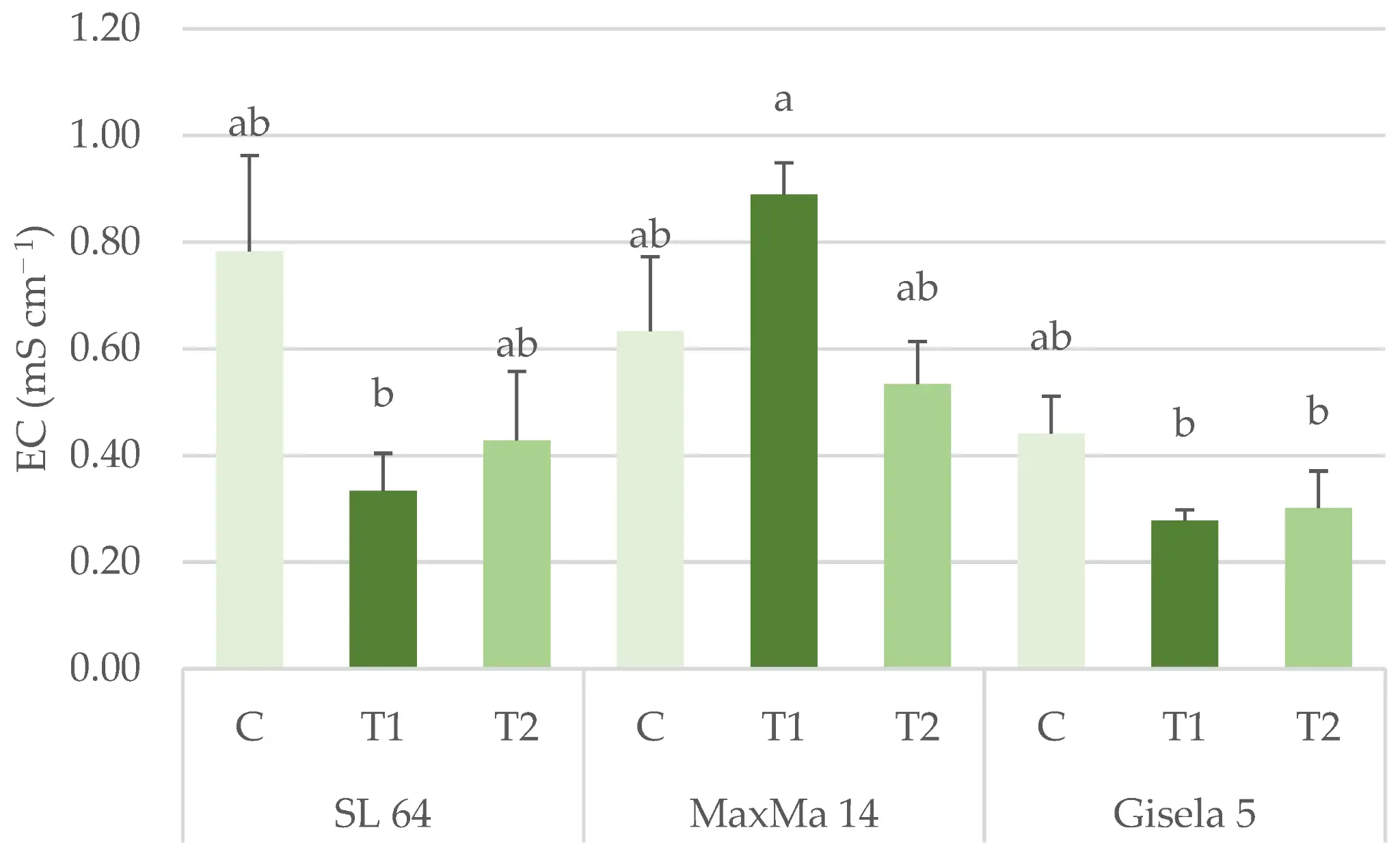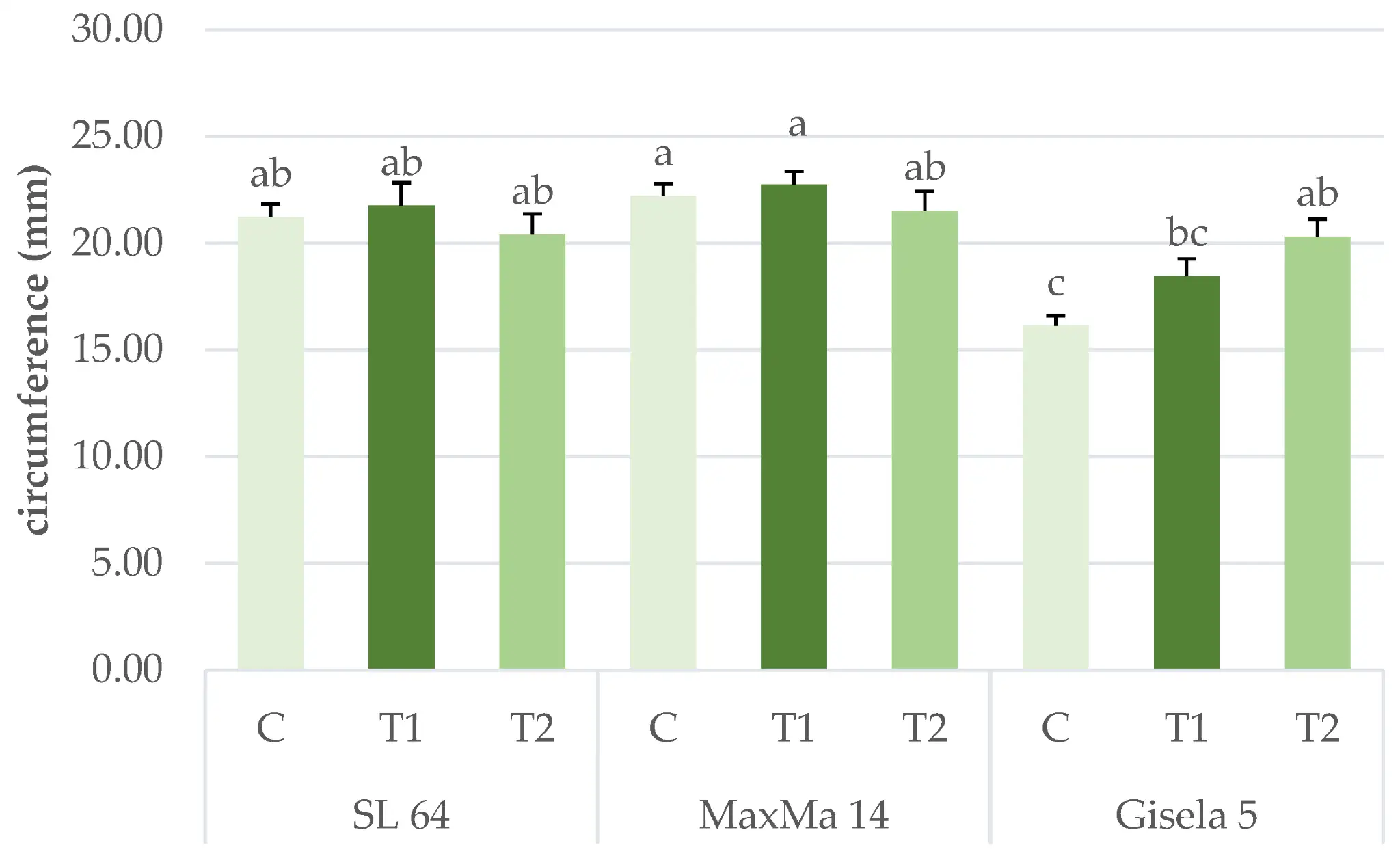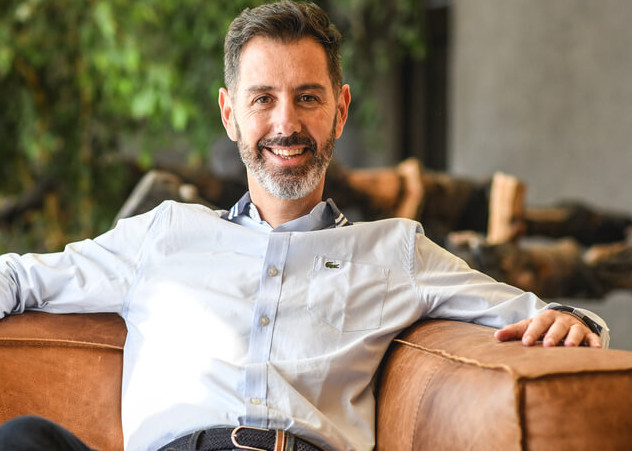Biological, microbiological and biotechnological products are increasingly being used today in the agricultural production cycle to preserve rhizosphere values and restore the fertility of depleted soils.
It is widely recognized that the use of microbiological fertilizers, due to their content of beneficial microorganisms, improves plant development by supplying nutrients and contributes to the preservation and productivity of the soil.
Moreover, the inoculation of plant growth-promoting rhizobacteria (PGPR) helps enhance plant growth, especially under unfavorable soil conditions.
Through processes such as nitrogen fixation, phosphate solubilization, iron sequestration, and the biosynthesis of plant hormones, these microorganisms assist plants in absorbing essential nutrients.
Rhizobacteria and fruit crops
In general, the beneficial effects of rhizobacteria on fruit crops have not been studied in depth.
To date, research has only been conducted on pears, strawberries, cherries, apricots, and peaches.
It has already been observed that when strains of Pseudomonas and Bacillus were applied to the 0–900 Ziraat cultivar via foliar and floral treatments, significant differences were found in shoot length, yield, and fruit size.
Furthermore, the nitrogen, phosphorus, and potassium content in the leaves was positively influenced by the bacterial treatments.
 Figure 1. Factor interaction on electrical conductivity in the substrate of cv. Lapins grown on three different rootstocks. Columns represent the mean value ± se. Statistically significant differences in the mean values of factor interaction are shown in lowercase letters (p ≤ 0.05).
Figure 1. Factor interaction on electrical conductivity in the substrate of cv. Lapins grown on three different rootstocks. Columns represent the mean value ± se. Statistically significant differences in the mean values of factor interaction are shown in lowercase letters (p ≤ 0.05).
Study by the University of Zadar
The aim of this investigation, conducted by the University of Zadar and the University of Zagreb (Croatia), was to study the effects of applying different concentrations of Azospirillum brasilense, particularly in terms of macroelements present in the leaves and soil.
Secondly, the goal was to evaluate vegetative growth and the chlorophyll content index of young plants in response to different concentrations of A. brasilense.
The rootstocks SL 64, MaxMa 14, and Gisela 5 were considered for the study, onto which cherry trees of the Lapins cultivar were grafted.
The study was conducted on one-year-old potted plants.
Treatment and measurements
From March to September, the plants were irrigated with 1.12 g L⁻¹ per container of Azospirillum brasilense rhizobacteria once a month (T1) or every two months (T2).
T1 and T2 received seven and four treatments, respectively.
Meanwhile, the control plants (C) were watered normally with plain water.
Plant height, trunk circumference, and the chlorophyll content index of the leaves were all measured.
 Figure 2. Factor interaction on the shoot circumferences of cv. Lapins grown on three different rootstocks. Columns represent the mean value ± se. Statistically significant differences in the mean values of factor interaction are shown in lowercase letters (p ≤ 0.05).
Figure 2. Factor interaction on the shoot circumferences of cv. Lapins grown on three different rootstocks. Columns represent the mean value ± se. Statistically significant differences in the mean values of factor interaction are shown in lowercase letters (p ≤ 0.05).
Results and observations
In addition, shoot growth and the number of internodes were evaluated at three developmental stages (according to the BBCH scale: 34, 39, and 91).
Substrate and leaf samples were collected and analyzed in the laboratory following established procedures.
The rootstock significantly influenced soil electrical conductivity, concentrations of nitrogen, phosphorus, calcium and magnesium, and the content of mineral nitrogen in the substrate.
Furthermore, significant differences were observed in plant height and circumference, shoot length at the BBCH 34 stage, and internode number at all measuring stages, including the chlorophyll content index of the leaves.
The results of the leaf mineral composition showed significant differences in potassium, calcium, and magnesium content.
An interaction between rootstock and treatment was also found for electrical conductivity.
This study confirmed that the use of microbiological products, such as inoculants, under nursery production conditions, has a conceptual and targeted role in sustainable agricultural production.
However, it is challenging to predict the behavior of a microorganism under in vivo conditions.
Source: Kolega, Š.; Kos, T.; Zorica, M.; Marcelić, Š.; Fruk, G. Substrate Properties, Vegetative Growth, Chlorophyll Content Index and Leaf Mineral Content of Sweet Cherry Maiden Trees as Affected by Rootstock and Plant Growth-Promoting Rhizobacteria. Sustainability 2025, 17, 158. https://doi.org/10.3390/su17010158
Source images: Kolega et al, 2024; SL Fruit Service
Melissa Venturi
University of Bologna (ITA)
Cherry Times - All rights reserved














